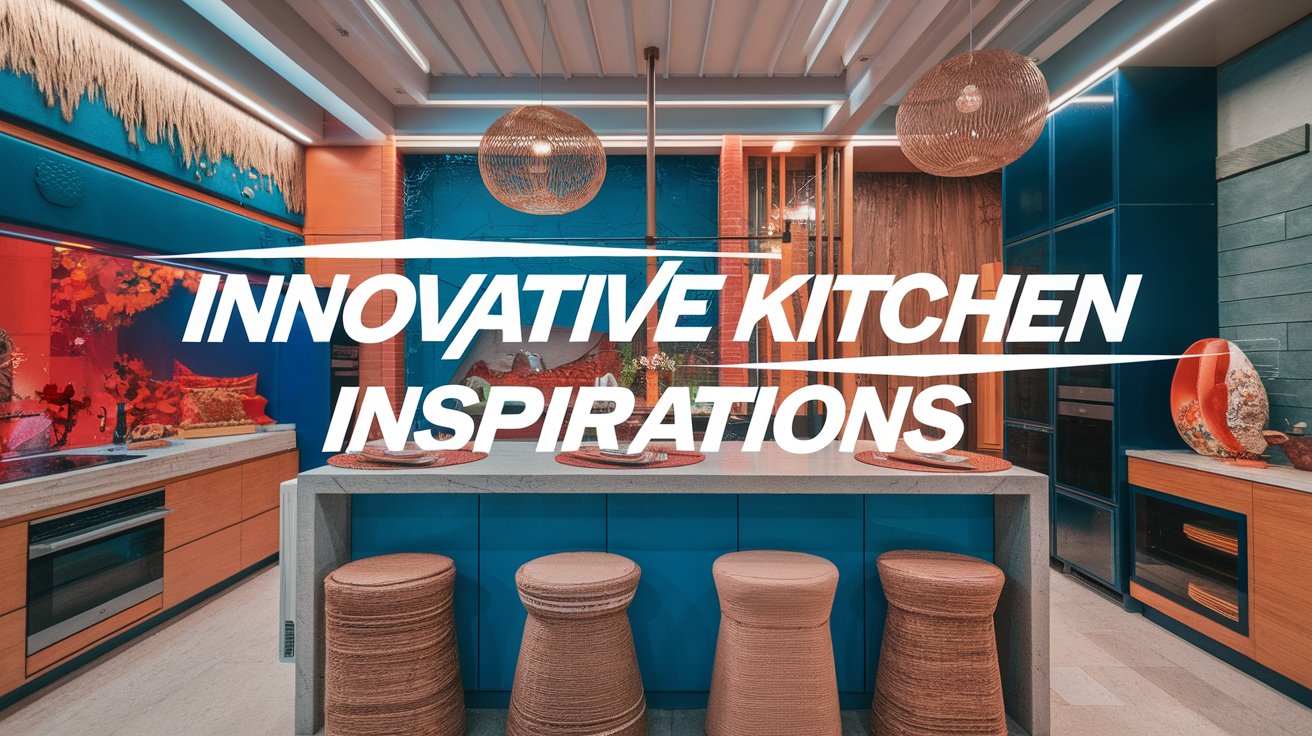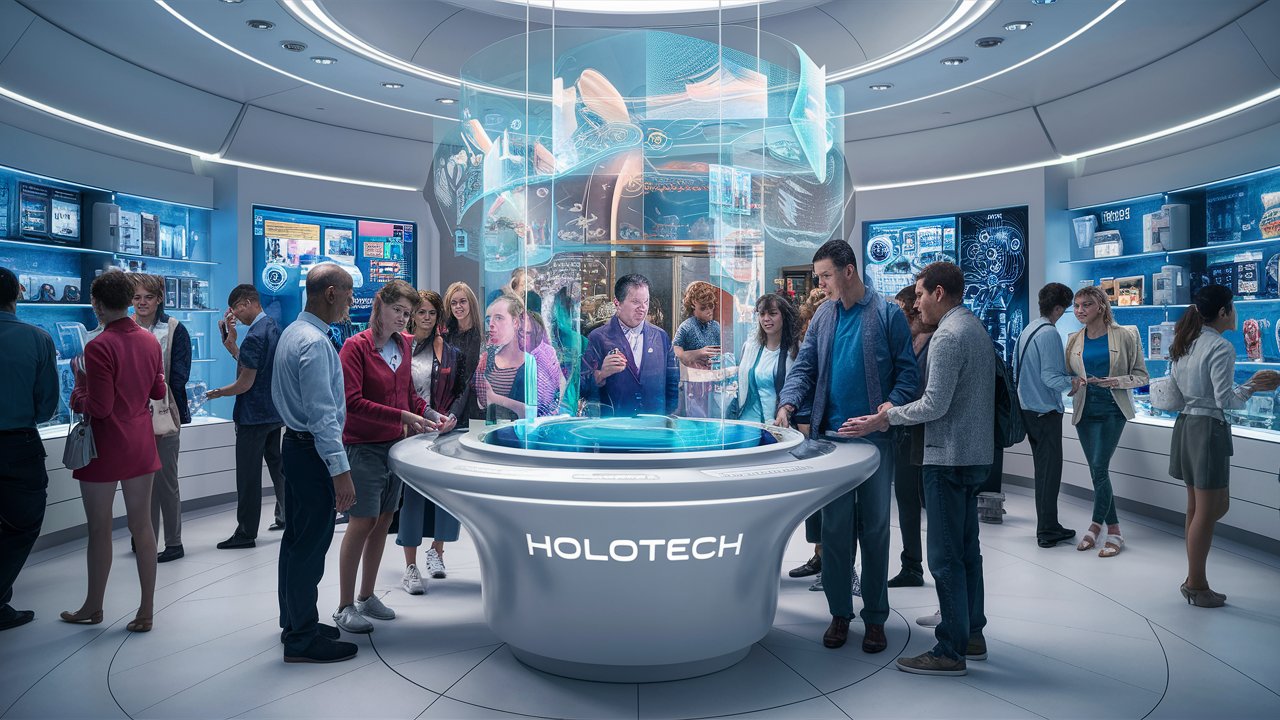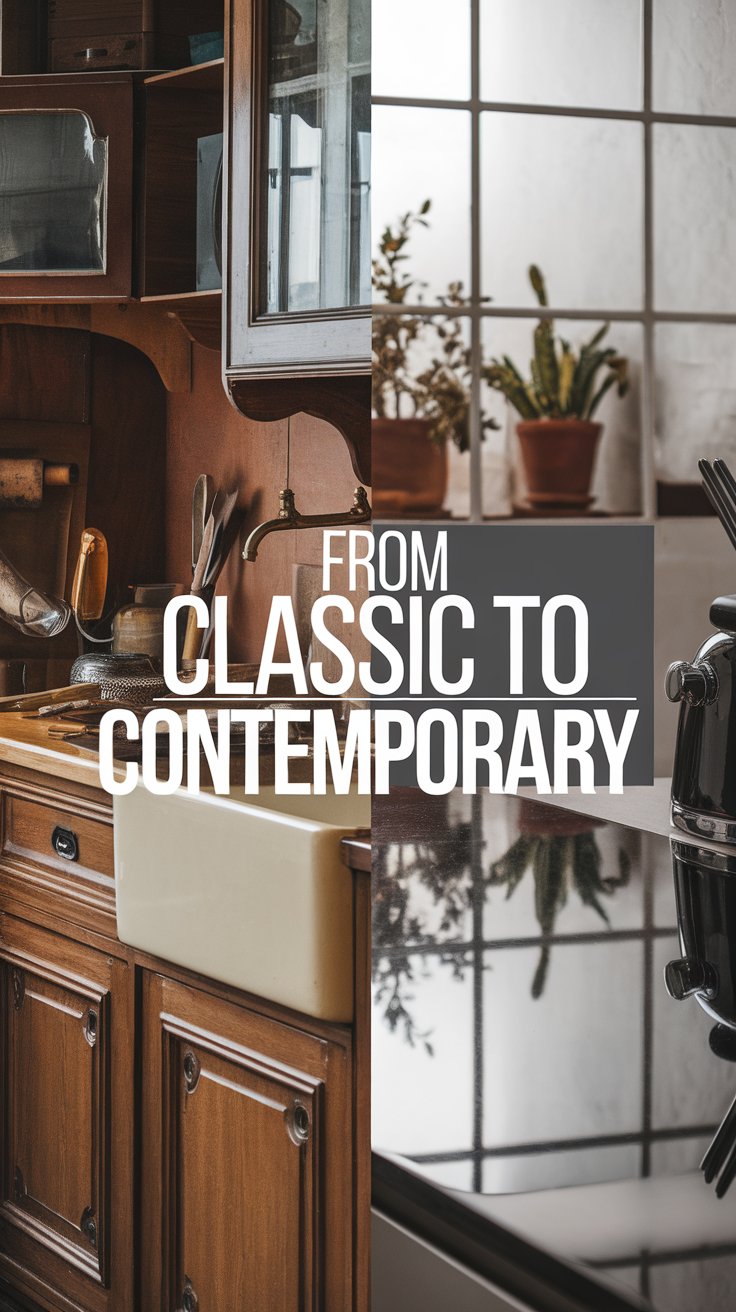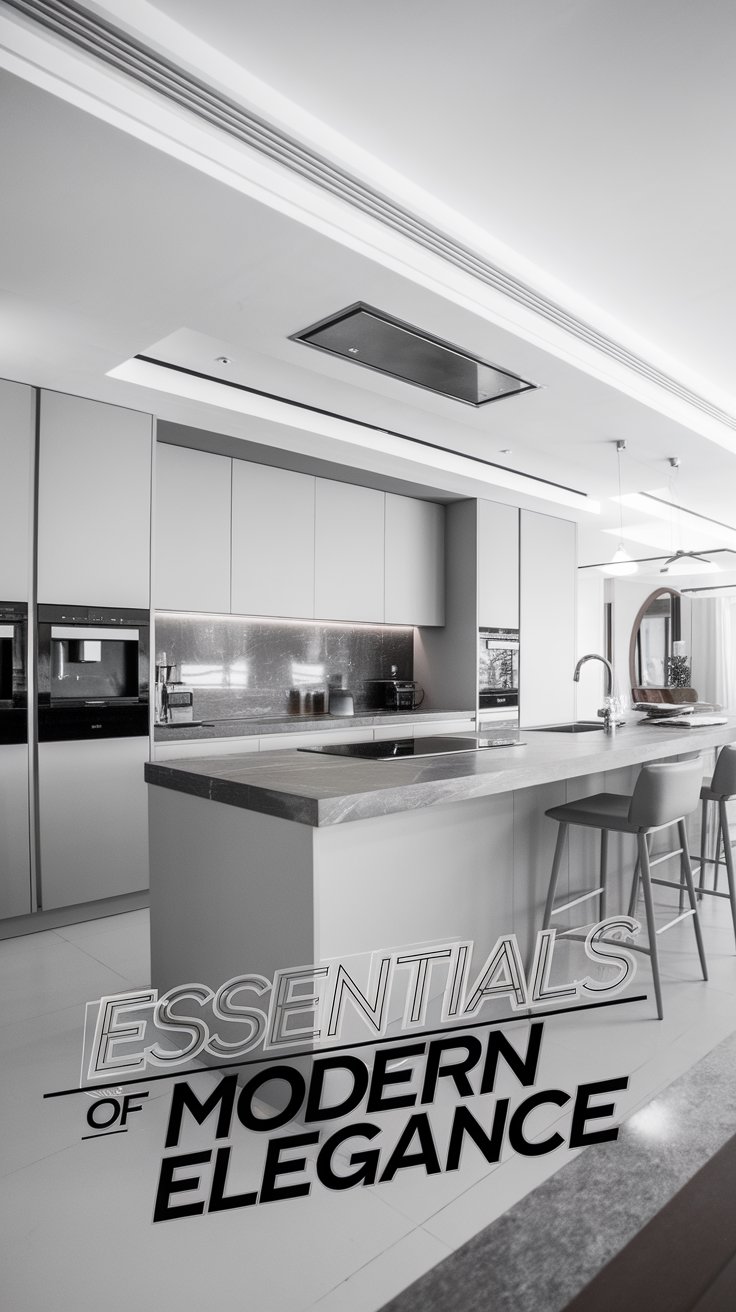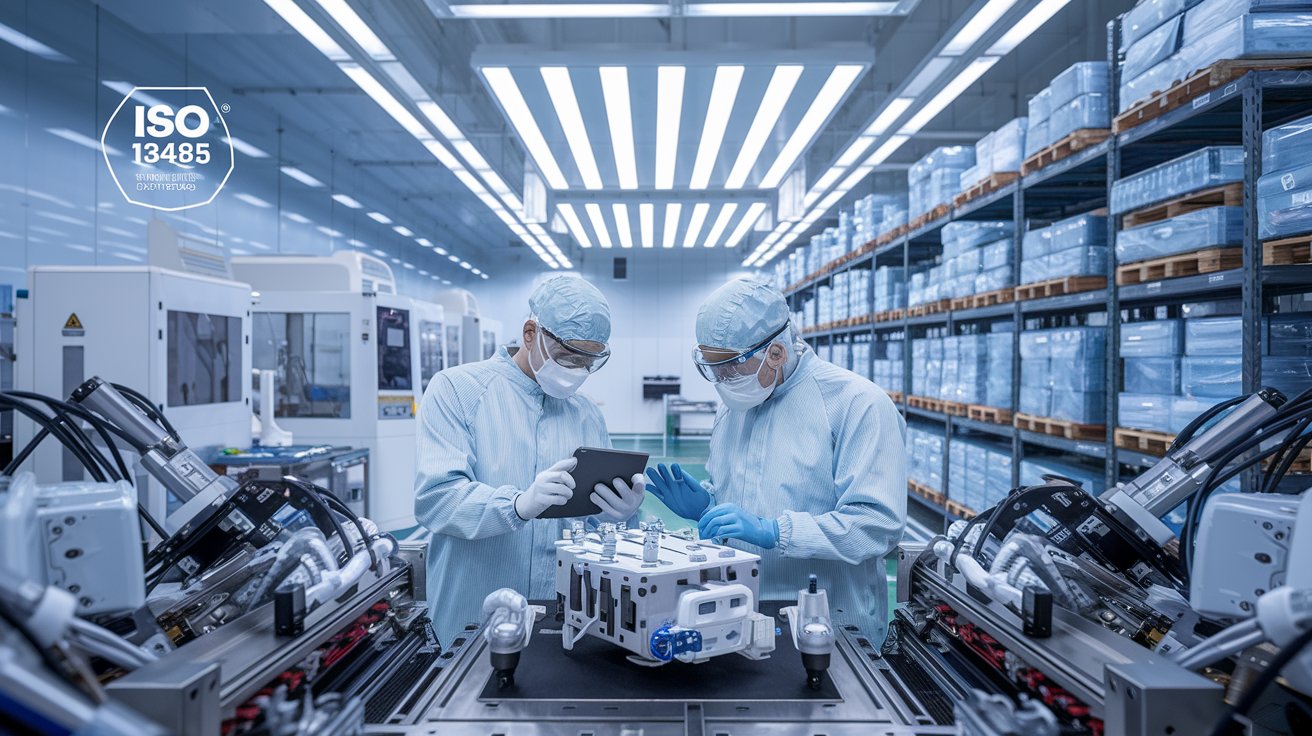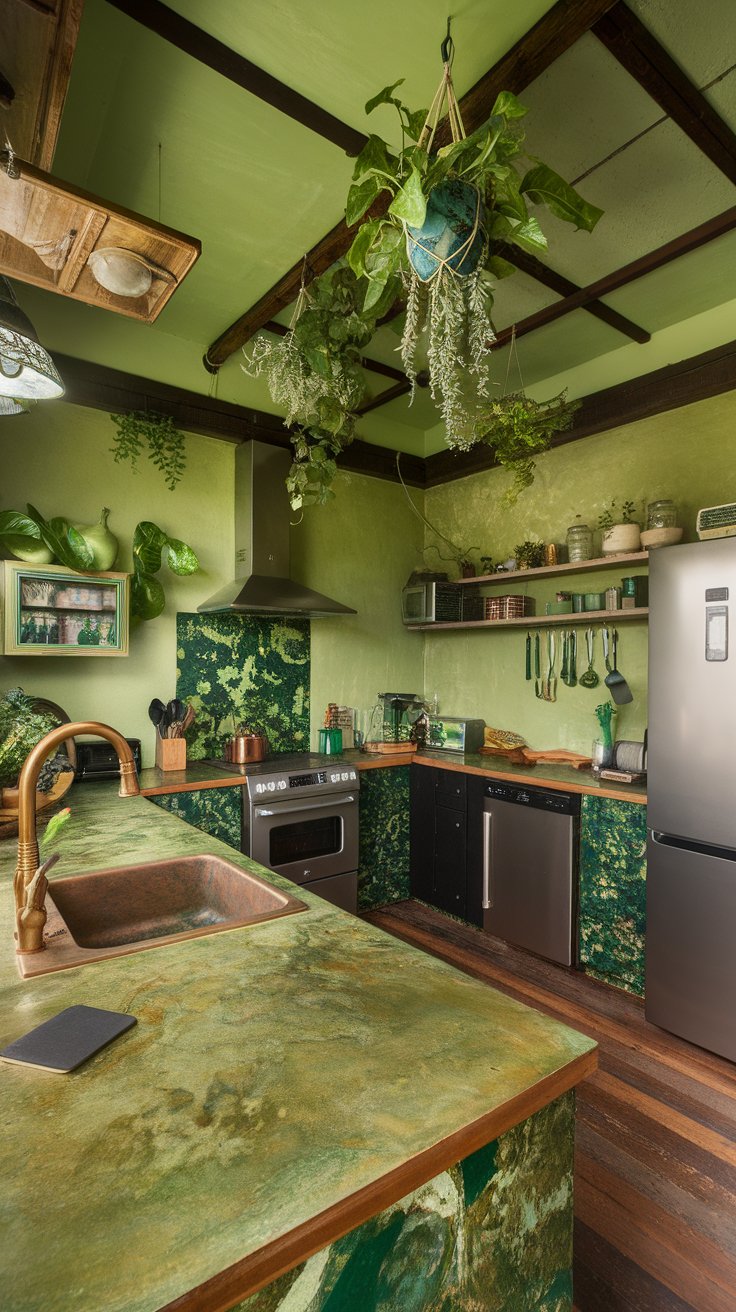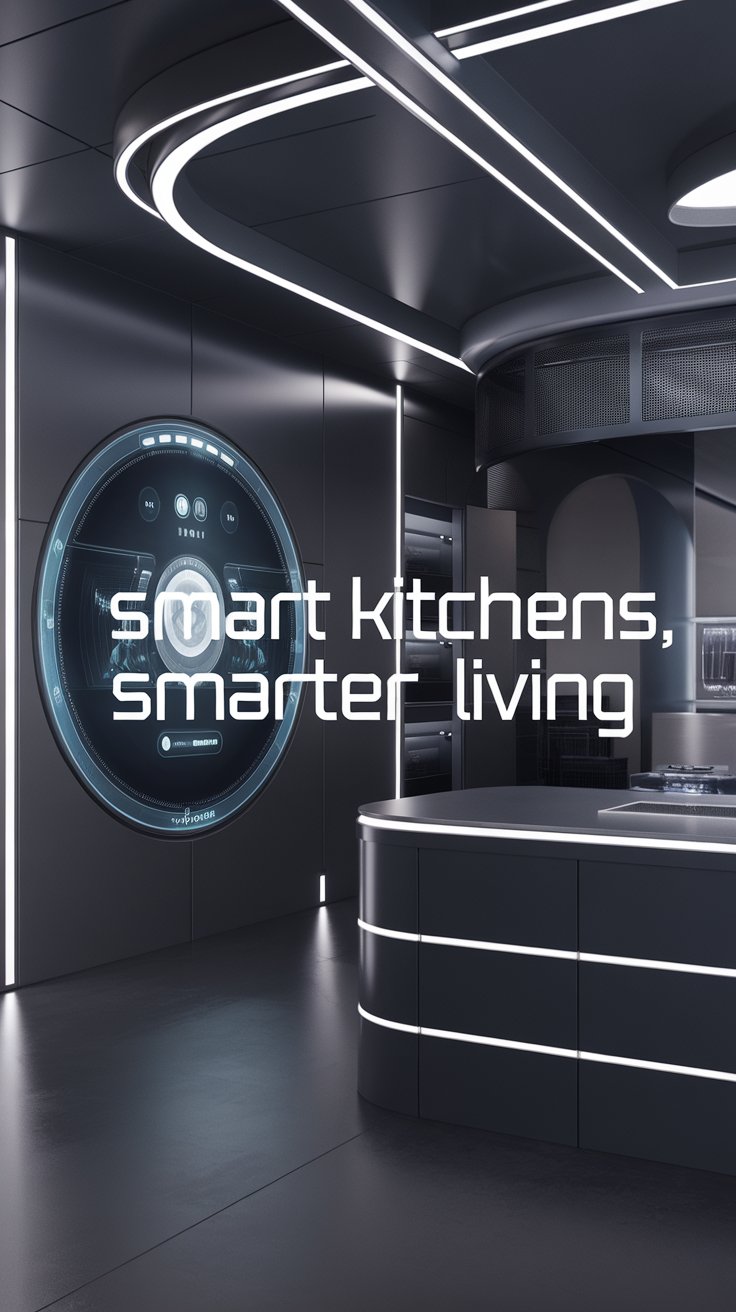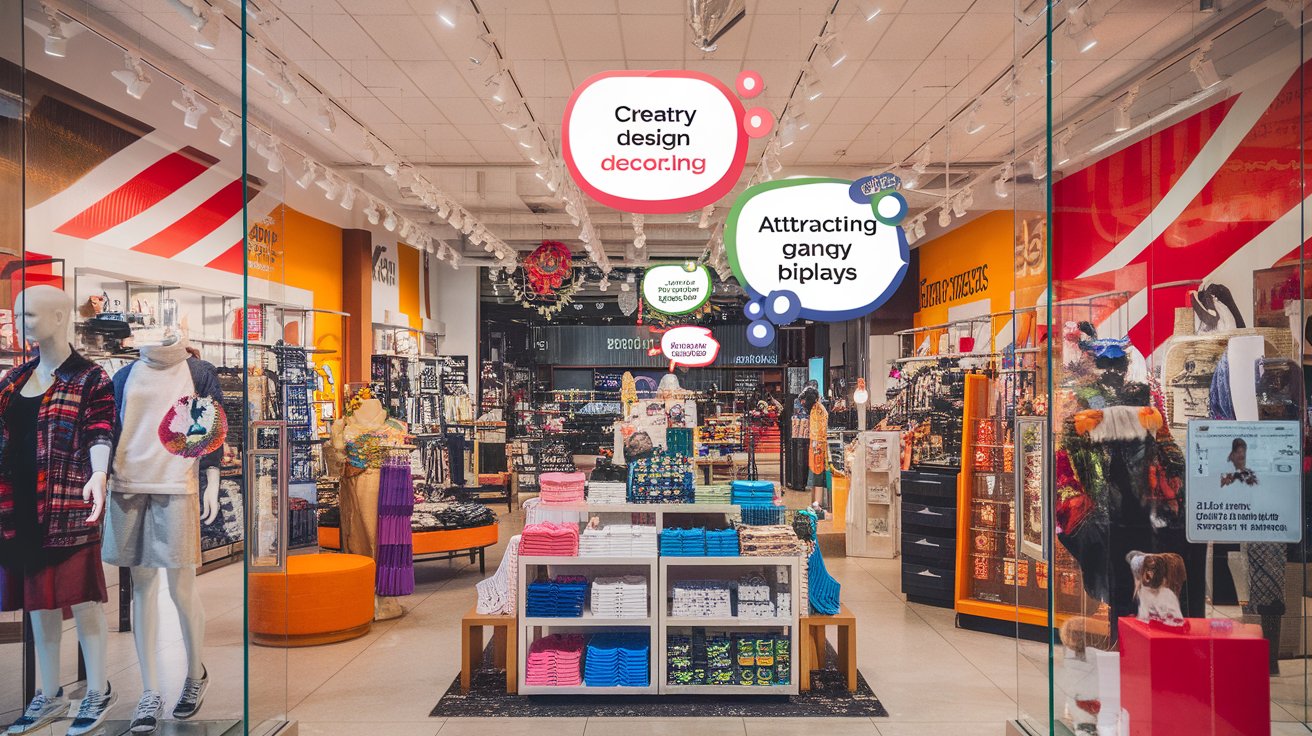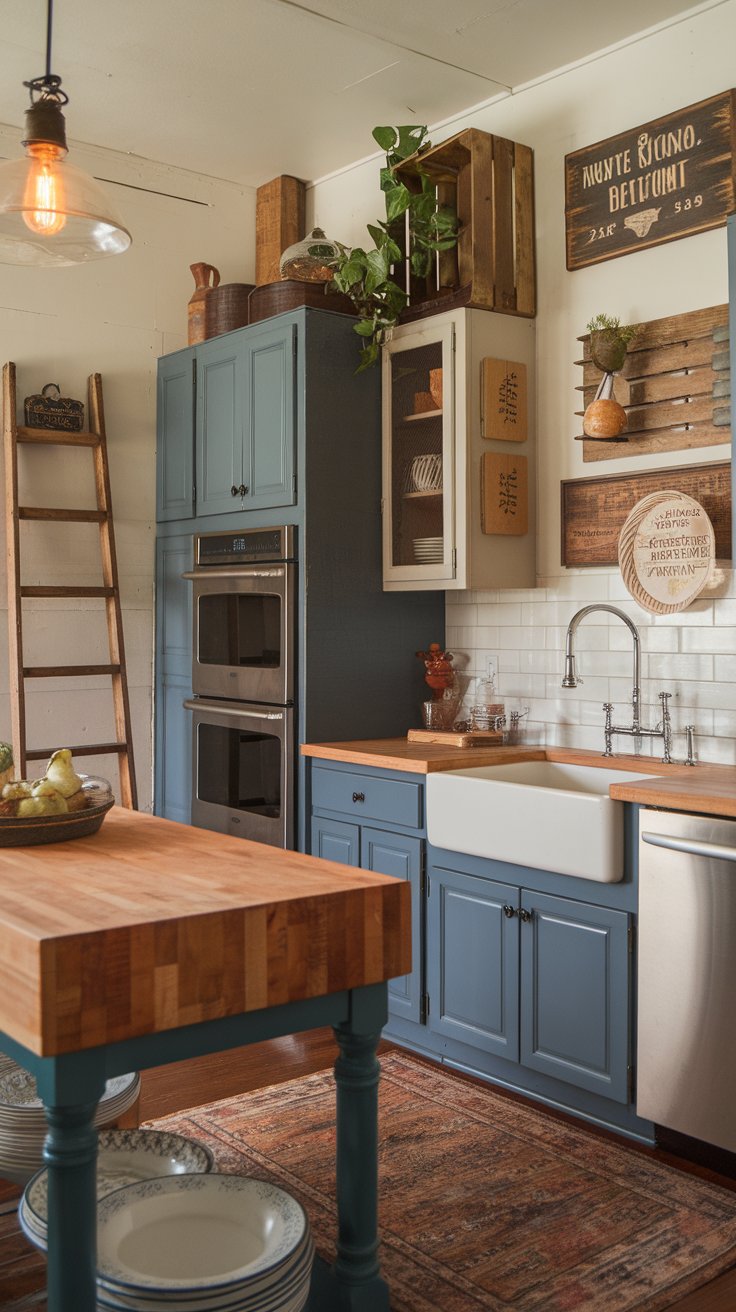Introduction
The kitchen is often regarded as the heart of the home, where culinary creativity flourishes and family connections deepen. In recent years, the latest kitchen designs have evolved to encompass not only functionality but also aesthetic appeal and sustainability. Many homeowners are seeking designs that reflect their personal style while integrating smart technology, maximizing space, and improving energy efficiency. By understanding contemporary kitchen trends, one can transform a standard cooking area into a stunning and inspiring environment.
This article looks into the latest kitchen designs that inspire modern living, showcasing innovative concepts and features that redefine the cooking experience. From open-concept layouts that promote social interactions to eco-friendly materials that minimize environmental impact, we will explore various elements that contribute to the overall functionality and style of today’s kitchens. Emphasizing utility without compromising elegance, these designs aim to enhance daily life for families and individuals alike.
The Evolution of Kitchen Design: From Tradition to Modern Innovation
The journey of kitchen design reflects not only shifts in aesthetics but also profound changes in lifestyle and technology. Historically, kitchens were utilitarian spaces—a center for cooking and preparing meals, often separate from the social areas of the home. In early 20th century homes, kitchens were characterized by individual workstations and a plethora of heavy, dark wood cabinetry that focused more on function than visual appeal.
With the advent of the mid-century modern movement, which celebrated clean lines and functionality, the design philosophy experienced a significant transformation. The introduction of open floor plans began to dissolve the barriers between kitchens and living spaces, creating a welcoming environment where cooking became a part of the family’s social interactions. This marked the beginning of a transition where kitchens were not only functional but also integral to family life.
As the latter part of the 20th century approached, kitchens adopted vibrant colors and bold patterns, often inspired by the pop culture of the times. Innovations in materials such as laminate surfaces provided more diverse design possibilities, allowing for personalization and creativity within the space. High-end appliances became more accessible, leading to a kitchen space that mirrored professional cooking environments. The search for efficiency led to the development of kitchen ergonomics, optimizing layouts to make cooking and cleaning more manageable.
Entering the 21st century, technology emerged as a cornerstone of modern kitchen design. Smart appliances, designed for efficiency and convenience, became essential features of contemporary kitchen spaces. The rise of minimalism further influenced aesthetic choices, driving a demand for sleek surfaces, integrated storage, and hidden appliances that streamline clutter.
Architectural elements such as large islands and open shelving redefined the kitchen layout, making it a multifunctional space where cooking, entertaining, and family engagement coalesce. Sustainability also gained prominence, with a focus on eco-friendly materials and designs that reduce environmental impact.
The combination of cutting-edge technology, open spaces, and sustainable practices converges to create kitchens that are not only visually stunning but also culturally and environmentally relevant. The transformation from traditional to modern design illustrates a dynamic interaction between societal needs and design innovations, paving the way for kitchens that inspire modern living.
Core Elements of Modern Kitchens: Defining Features of Contemporary Spaces
Layout: The Heart of Functionality
The layout is arguably the most critical component of any modern kitchen design. Open floor plans dominate contemporary spaces, allowing seamless integration between the kitchen, dining, and living areas. This setup not only enhances the social aspect of cooking but also maximizes natural light, promoting a welcoming atmosphere. The traditional work triangle concept—connecting the sink, stove, and refrigerator—has evolved into more fluid spaces. U-shaped, L-shaped, and island layouts are increasingly common, creating functional zones while maintaining an aesthetic appeal. Islands are particularly popular for their versatility, serving as extra prep space, casual dining areas, or even as informal gathering spots for family and friends.
Materials: A Blend of Aesthetics and Durability
In modern kitchens, the choice of materials plays a significant role in defining both form and function. Sleek surfaces and high-quality finishes are hallmarks of contemporary design. Popular materials include quartz and granite for countertops, offering durability and ease of maintenance while providing an elegant look. cabinetry is frequently crafted from materials like plywood, laminate, or polished wood, emphasizing clean lines and minimalistic designs. The use of glass elements, particularly in backsplashes and cabinet doors, not only adds depth but also enhances the perception of space. Moreover, the trend towards integrating textures—such as brushed metals or matte finishes—brings an inviting warmth that contrasts beautifully with more polished surfaces.
Appliances: Smart and Efficient Technology
The evolution of kitchen appliances has also significantly impacted modern kitchen designs. Today, smart appliances are at the forefront, offering innovative features that improve functionality and enhance convenience. Refrigerators with Wi-Fi connectivity, ovens that can be programmed remotely, and dishwashers with energy-saving modes reflect a shift towards integrated technology to save time and resources. Energy efficiency is a recurring theme, with manufacturers focusing on designing appliances that reduce energy consumption while improving overall performance. The invisible nature of integrated appliances also contributes to sleek aesthetics, allowing for a minimalist look that many homeowners desire.
The core elements that define modern kitchen designs encompass thoughtful layouts, high-quality materials, and the latest in smart appliances. These features work in tandem to create spaces that are not only practical and enjoyable for cooking but also reflect the lifestyle and taste of contemporary living.
Sustainable Kitchen Designs: Innovating Eco-Friendly Spaces
The push for a more sustainable lifestyle has found its way into modern kitchen designs, transforming these spaces into eco-conscious environments that prioritize environmental responsibility. Sustainable kitchen designs not only promote functionality and aesthetic appeal but also incorporate eco-friendly materials and energy-efficient appliances that significantly reduce carbon footprints.
Eco-Friendly Materials for the Conscious Chef
One of the most exciting trends in sustainable kitchen design is the use of eco-friendly materials. Homeowners are increasingly turning to natural and recycled materials, such as bamboo, reclaimed wood, and recycled glass, which offer durability without compromising environmental ethics. These materials not only lend a unique character to the kitchen but also foster a sense of authenticity and warmth, creating spaces that feel inviting and organic.
Sustainable choices like quartz made from recycled materials or paperstone, which is composed of recycled paper and non-toxic resins, are gaining traction. These alternatives to traditional granite or laminate not only preserve natural resources but also enhance the kitchen’s overall aesthetic with their modern and sleek appearances.
Energy-Efficient Appliances Redefining Functionality
Alongside sustainable materials, energy-efficient appliances are revolutionizing how we approach kitchen design. These appliances utilize advanced technologies to reduce water and energy consumption without sacrificing performance. Look for devices labeled with ENERGY STAR ratings; they signify adherence to strict energy consumption guidelines, ensuring that both cooking and cleaning can be done with minimal environmental impact. From induction cooktops that heat food faster and use less energy to smart refrigerators that monitor energy usage and store food optimally, the latest appliances are designed for efficiency.
Many new appliance designs incorporate sleek aesthetics that complement contemporary kitchen styles. The integration of technology allows for seamless connectivity, making it easier for users to monitor and control appliances remotely, further enhancing efficiency and convenience. As sustainability continues to inspire kitchen designs, homeowners are empowered to create spaces that are not only beautiful but also aligning with a greater commitment to environmental stewardship.
Sustainable kitchen designs are paving the way, demonstrating that it is possible to achieve elegance and functionality while contributing positively to the planet. By prioritizing eco-friendly materials and energy-efficient appliances, we are redefining what it means to cook and gather sustainably in today’s kitchens.
Smart Technology in Kitchen Design: Revolutionizing Modern Living
Innovative Devices Transforming Culinary Spaces
The integration of smart technology in kitchen design is fundamentally changing how homes operate, especially in the culinary domain. Current kitchen trends showcase an array of innovative devices that enhance efficiency and convenience, creating a seamless experience for both seasoned chefs and novice cooks alike. With the advent of smart appliances, kitchens have evolved into multifunctional spaces that prioritize ease of use without compromising on style.
Central to this revolution are smart ovens, which can be controlled remotely via mobile applications. These advanced appliances allow users to preheat or adjust cooking settings while they are out shopping or attending to other tasks, eliminating the fear of overcooking or wasting energy. In addition, many models are equipped with scanning technology to identify ingredients and suggest recipes, making meal preparation simpler and more informative.
Smart refrigerators have also taken a front seat in modern kitchen design. Equipped with touch screens, they not only keep food fresh but also streamline meal-planning processes. Users can create grocery lists, look up recipes, and monitor expiration dates right from the fridge. Some models even feature cameras that allow you to view the contents of your refrigerator from your smartphone, ensuring that you never forget an essential ingredient during shopping trips.
Enhancing Efficiency with Smart Features
Voice-activated devices are another compelling aspect of contemporary kitchen design. Smart speakers and assistants can control various kitchen appliances, act as timers, and provide quick recipe guidance, all with simple voice commands. This hands-free technology promotes a collaborative cooking environment, where multiple tasks can be handled concurrently without interrupting the flow of culinary creativity.
Lighting is also becoming increasingly intelligent. Smart lighting systems can adjust brightness based on the time of day or activity, providing the right ambiance for cooking, dining, or entertaining. Dimming options or color adjustments can create a warm atmosphere for family meals or inspire focus during intricate cooking tasks.
The incorporation of smart technology not only enhances the functionality of kitchens but also aligns with the current demand for sustainable design. Many smart appliances are energy-efficient, helping homeowners reduce their carbon footprint while enjoying state-of-the-art convenience. As these technologies continue to evolve, they promise an even more integrated approach to culinary arts, allowing individuals to personalize their kitchens in ways that reflect both their lifestyle and values.
Personalizing Your Kitchen Space: The Importance of Individual Style in Modern Kitchen Design
Crafting a Kitchen that Reflects You
Personal style plays a pivotal role in transforming a functional space into a warm, inviting heart of the home. Modern kitchen designs embrace individuality, offering a canvas where homeowners can express their tastes while integrating the latest trends. This personalization not only enhances the aesthetic appeal but also creates a feeling of ownership and comfort.
One effective way to begin personalizing your kitchen is through color. The palette you choose can set the mood and define the character of the space. Opting for bold hues can evoke energy and passion, while softer pastels inspire calmness and serenity. Consider using color not just on the walls, but also on cabinetry and appliances, allowing these elements to resonate with your personality.
Texture is another essential element in kitchen design. Combine finishes—such as matte cabinetry with glossy countertops or raw wood with sleek stainless steel—to create visual interest. Incorporating unique materials like reclaimed wood, natural stone, or artisanal tiles can make your kitchen truly one-of-a-kind. Designing a space that incorporates tactile variety adds depth and engages the senses, making cooking and dining a more pleasurable experience.
Accessorizing with Purpose
Accessories play a significant role in personalizing your kitchen. Choosing decorative items like unique dishware, colorful utensils, or hand-crafted artwork allows you to showcase individuality while complementing the overall design. Displaying personal collections or practical items can also reflect your interests and lifestyle. For instance, a stylish cookbook holder or attractive spice jars can harmonize functionality with aesthetics.
Lighting can dramatically influence the ambiance of your kitchen. Selecting statement fixtures that resonate with your style can serve as a focal point. Whether it’s vintage-inspired pendant lights, modern LED strips, or rustic chandeliers, the right lighting shapes the atmosphere, making the kitchen feel more like an extension of your other living spaces.
Personalizing your kitchen involves a thoughtful balance of aesthetics and functionality. By integrating elements that resonate with your own taste, you create a space that not only serves its purpose but also reflects who you are, inspiring a sense of belonging and creativity in your modern kitchen.
Conclusions
In conclusion, the latest kitchen designs reflect a harmonious blend of style, sustainability, and smart functionality. As trends continue to evolve, homeowners are presented with a plethora of options that cater to their specific needs and preferences. The integration of innovative technologies and eco-friendly materials not only enhances the cooking experience but also contributes to a more sustainable lifestyle.
A well-designed kitchen goes beyond mere aesthetics; it becomes a space where memories are made and everyday rituals take shape. By incorporating the insights shared in this article, individuals can create kitchens that inspire modern living, ensure lasting value, and provide a beautiful backdrop for culinary adventures.

